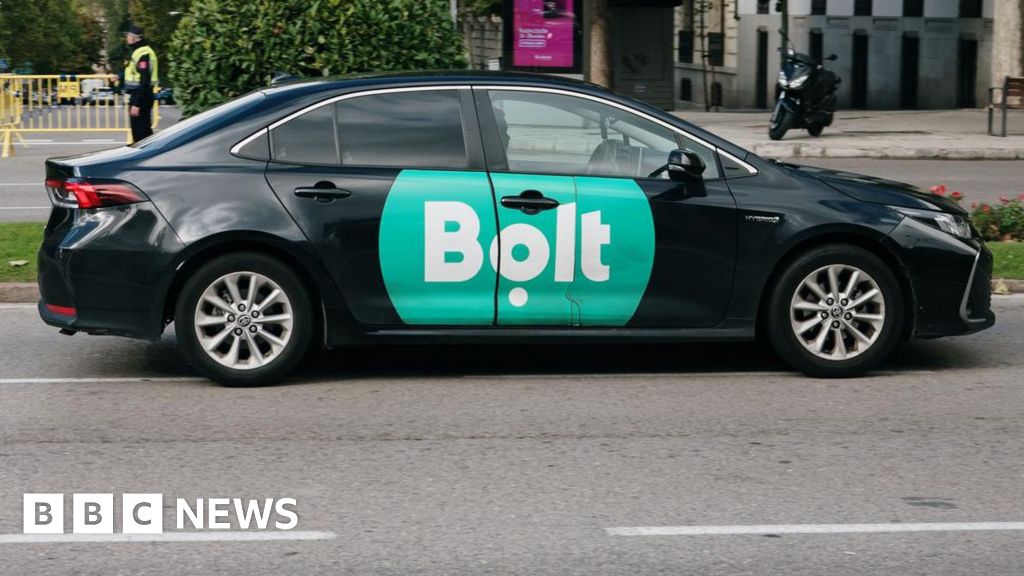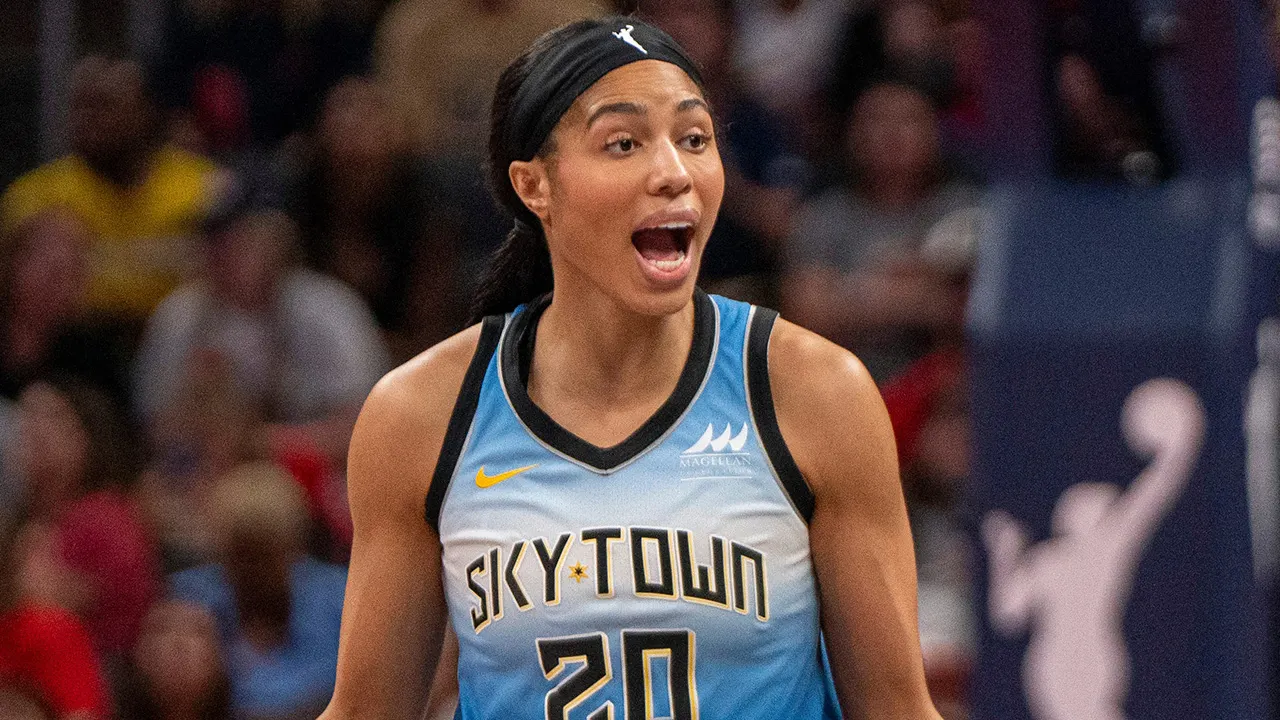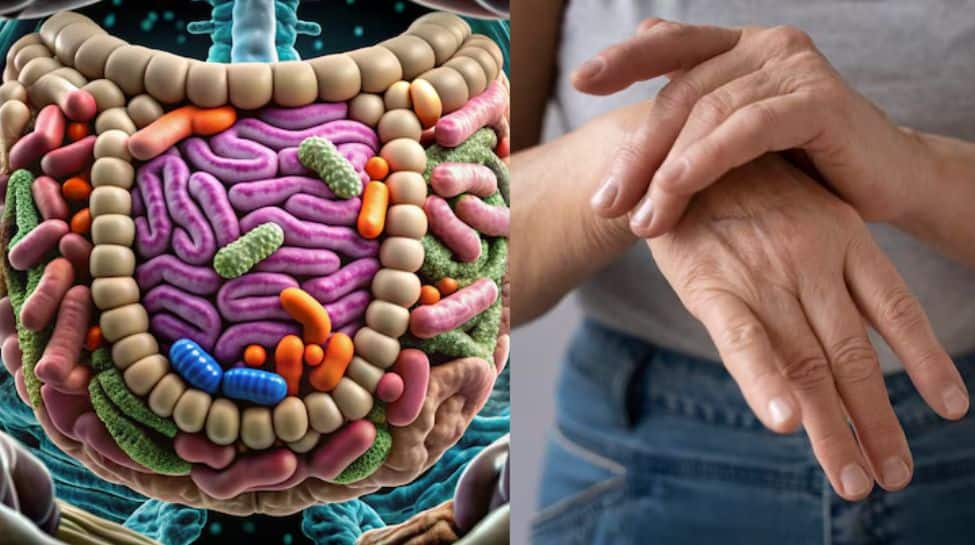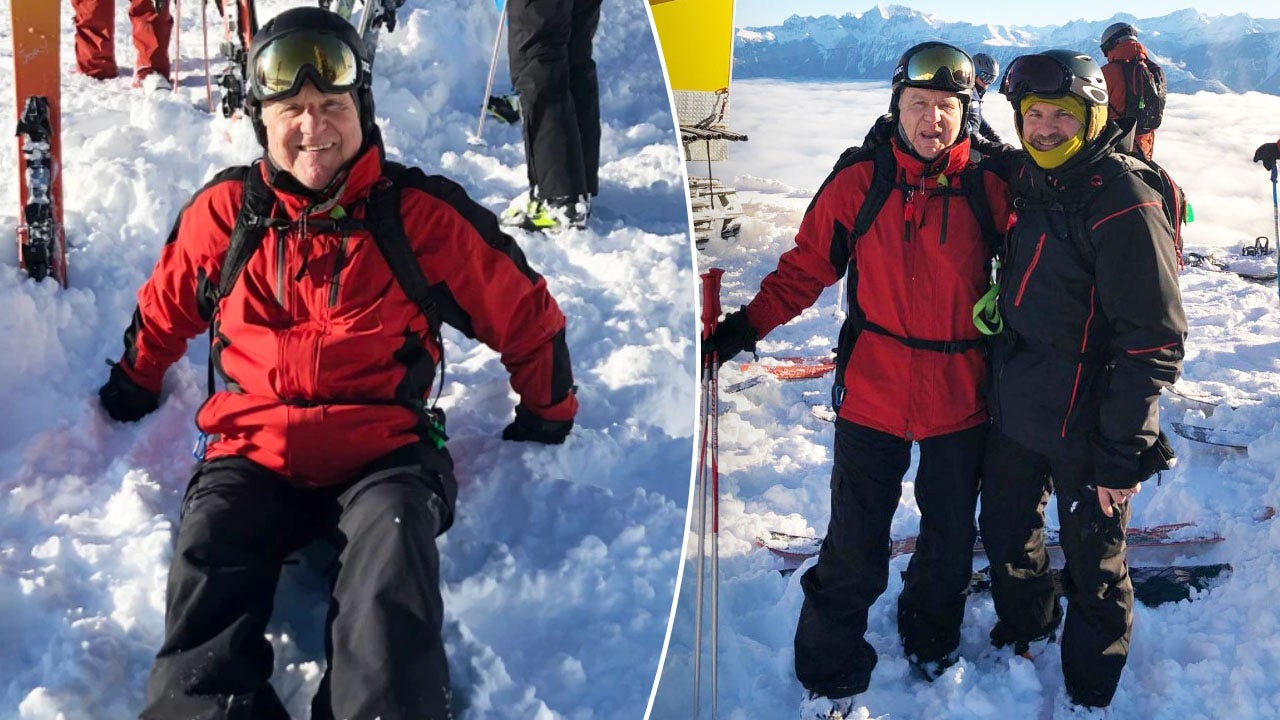Hanna Bjorgaas, the author of “Secret Life of the City: How Nature Thrives in the Urban Wild,” has similar stories to tell. She notes that crows have the ability to understand what other birds are thinking. When they suspect that a raven or sparrow has seen them hide a stolen ham sandwich, they double back and find a new secret spot. This exhibits a capacity for surmising others’ thoughts — that is, to have a theory of mind — Bjorgaas tells us, that few animals possess.
Thanks in part to these capacities, crows live all over the world and often near human settlements. They like the same kind of open spaces with just a few trees that humans also enjoy. That means humans and crows bump into each other in their daily lives. But cities aren’t amenable just to the birds. In “Urban Jungle: The History and Future of Nature in the City,” Ben Wilson points out that Chicago’s raccoons have more offspring and are healthier than their country cousins. Foxes, raccoons and coyotes live in greater densities in American cities than they do in rural areas. Bjorgaas reports that seagulls in the northern Norwegian islands are near extinction, but great clouds of the endangered gulls mass in Oslo. The same is true, Wilson points out, for the gray-headed flying fox in Australian cities or the golden lion tamarin in Brazil. The peregrine falcon lives in Manhattan at the greatest densities of any place in the world. When food runs low in the forests, black bears move into Aspen, Colo.
Bjorgaas and Wilson make similar arguments in their fascinating books. The keystone of biodiversity in the 21st century resides not in farmland or nature preserves, they argue, but in cities — for a host of reasons. First and foremost, industrial agricultural practices have streamlined plant cultivation to 12 crops cultivated across the globe. Chemical pesticides kill insects and birds. Only some plants can deal with the excess nitrogen and potassium that industrial agriculture pumps into landscapes. Wild birds and animals, meanwhile, are being squeezed out of their natural habitats by the march of urban/suburban development and the spread of agricultural land. Even if animals have places to sleep, they have trouble finding enough food in shrunken habitats.
So wild animals, like humans displaced from war or climate-related catastrophes, migrate to cities for refuge. The most flexible animals tend to be the ones that adapt to living in the hardscape but nutrient-rich spaces of the city. If a species has nesting habits that favor crooks of buildings or sewers, and can digest human food or garbage, those animals have a good life in cities. In those contexts, whole new food chains can emerge around the peculiarities of human behavior. Once, while cutting across a leafy square in Washington’s Mount Pleasant neighborhood where a man regularly fed breadcrumbs to a mob of plump pigeons, I spotted a red-tailed hawk sitting on a high branch. I watched the hawk dive and strike an unwary bird. Not even bothering to fly off, the hawk began its execution, jumping up and down on its prey, feathers flying, terrified squeals, up and down until the pigeon went limp.
The history of human-nonhuman relations in cities is as old as cities themselves, but urban dwellers and ecologists have often missed this story because cities are supposed to be civilized, tame, the opposite of wild. Humans understood themselves as outside nature, which existed beyond the confines of cities. Many people find the animals and insects that frequent urban spaces — rats, ants, cockroaches and crows — to be disgusting, aberrant mutants because, Wilson argues, they remind people of the collapse of earlier societies that overran their ecological limits.
But after World War II devastated cities, ecologists began to pay attention to the marvelous regeneration occurring in the bombed ruins of London and Berlin. Two biologists, Hildemar Scholz and Herbert Sukopp, rummaged around the edges of the walled-off West Berlin and began to count the rare and unexpected plants that grew on massive heaps of rubble. They discovered that as Berlin had urbanized, the number of spontaneously occurring species had risen dramatically.
“Secret Life of the City” and “Urban Jungle” differ in the scale and scope of what they narrate. Wilson, author of a number of popular histories, soars like a falcon over global cities on five continents while leading the reader through centuries of history. His chapters on cities conceived as garden paradises, the re-wilding of cities through land reclamation projects, the importance of urban trees and parks for climate resilience, urban food production, and water use are full of statistics and eye-catching examples. In contrast, Bjorgaas, a Norwegian expert on lichens, hardly leaves her Oslo neighborhood except for the opening passage where she is working as a tour guide for cruise passengers visiting Antarctica. Returning from the wilderness and forced to stay in Oslo, Bjorgaas was put out. Ants marched into her kitchen and would not leave. She saw nothing in the gray city but crows, pigeons and rats. Grumpily standing in her backyard one day, she was surprised to find on a tree the same rare orange lichen she admired in Antarctica. How did that happen? She got curious. What follows is a marvelous journey through Oslo’s nonhuman societies as Bjorgaas passes a calendar year exploring the internal lives of crows, bats, nightingales, gulls, lichens and urban soils, a grounded account of the sublime adventures that come from slowing down and paying attention.
Both authors call for city dwellers to get to know their urban nature better with the rationale that what is good for urban wildlife is good for humans. However, Wilson’s roaming narrative, hopping quickly from place to place, undermines that message. He points, for example, to Amsterdam as the center of a new, emerald-green revolution in urban living. As he optimistically notes, city leaders have pledged to make Amsterdam energy self-sufficient and zero-waste by 2050, while consuming food from a belt around the urban center.
It is easy to make the technophilic Dutch the centerpiece of a hopeful future, but there is not much truth to it. Having lived in Amsterdam for the past year researching urban agriculture and food sovereignty movements, I can attest that Wilson’s soothing message about efficient technocracy riding in on a white horse to save overheated, flood-prone cities is a fantasy. The Netherlands has a massive nitrogen crisis with emissions far exceeding European Union regulations. In the past four years, Dutch forests have shrunk, and the planting of new trees has decelerated. The Green Party running Amsterdam makes a lot of florid statements, but the city has no composting program, earns a mediocre score for its tree canopy, and aggressively pursues development. Protesters have battled for the past decade to save the city’s last organic farm, which municipal leaders want to transform into a logistics center. In the Netherlands, it is citizens, not the government, who have initiated most of the successful projects to save forests and green space.
Perhaps that is good news. The climate crisis occurs not only in the Amazon and the Arctic, but right here, too. When humans realize they share a world and many characteristics with the creatures around them, they can be empowered to execute a self-rescue. Washingtonians, for example, can start in their own backyard habitat by doing … nothing. Undisturbed soils sequester a great deal of carbon. Rather than pulling out the lawn mower, allowing wild grasses and flowers to grow offers nourishment to birds and insects that make good harbors for small animals. Even “weeds” regenerate disturbed ground. As both Bjorgaas and Wilson show, saving our world — and the creatures that share it with us — might begin by re-wilding our perceptions of the seemingly unnatural spaces we’ve built around us.
How Nature Thrives in the Urban Wild
Greystone. 257 pp. $27.95
The History and Future of Nature in the City
A note to our readers
We are a participant in the Amazon Services LLC Associates Program,
an affiliate advertising program designed to provide a means for us to earn fees by linking
to Amazon.com and affiliated sites.















































